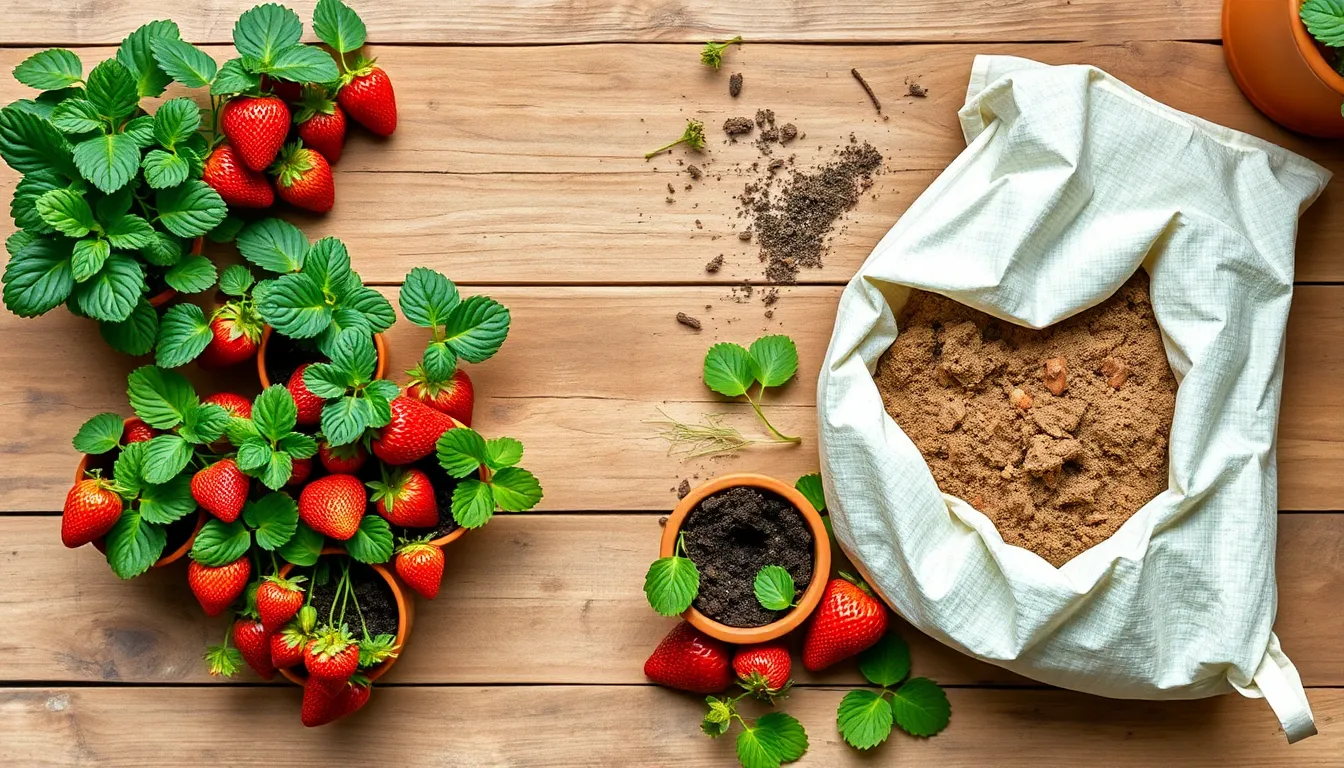Growing strawberries at home can be one of the most rewarding gardening experiences, with the promise of sweet, juicy berries ripe for the picking. However, despite their appeal, strawberries can be surprisingly challenging to cultivate, often leaving both novice and seasoned gardeners mystified by their quirks. Whether you’re just embarking on your strawberry-growing journey or have years of planting behind you, understanding the common pitfalls that lead to lackluster harvests is essential.
In this article, we’ll delve into the most frequent mistakes that gardeners make when growing strawberries at home, offering insights to help you nurture a bountiful crop. From selecting the right varieties and preparing your soil, to watering and pest management, you’ll discover practical tips to transform your strawberry patch into a thriving oasis. By learning to sidestep these common errors, you’ll not only enhance your gardening skills but also cultivate a sense of accomplishment as you enjoy the fruits of your labor. Together, let’s unlock the secrets to growing luscious strawberries that burst with flavor and color in your own backyard.
Planting in Poor Drainage Soil
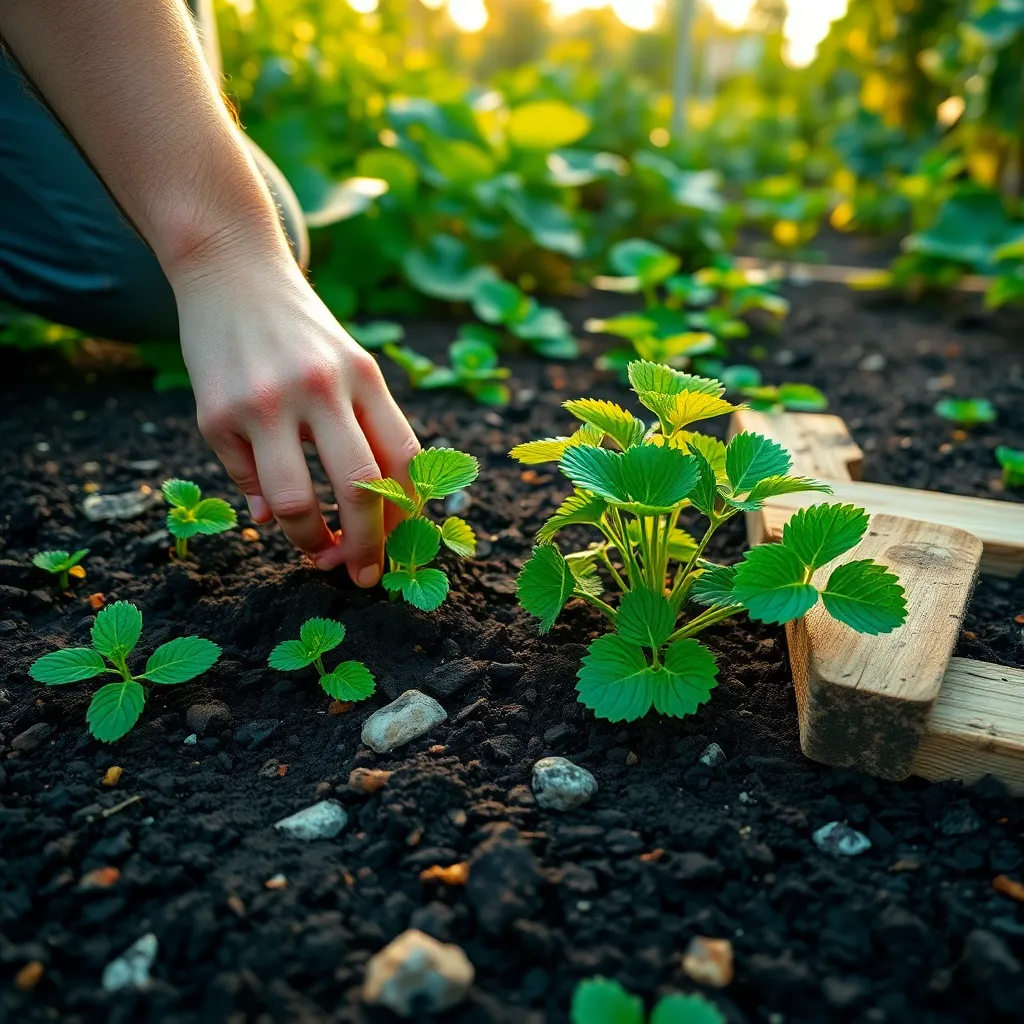
When growing strawberries at home, it’s crucial to address poor drainage soil, as strawberries thrive in well-drained conditions. To improve drainage, consider incorporating organic matter, such as compost or well-rotted manure, into your soil.
Another effective strategy is to create raised beds, which can significantly enhance soil drainage. By elevating your strawberry plants, you provide a better growing environment that prevents root rot.
For gardeners looking to optimize their soil, mixing in sand or perlite can be beneficial. These amendments improve soil texture and increase aeration, which is critical for healthy strawberry roots.
To maintain moisture without waterlogging, consider a watering schedule that allows the top inch of soil to dry out between waterings. While strawberries need consistent moisture, overwatering can lead to fungal diseases and poor plant health.
Lack of Sunlight Exposure
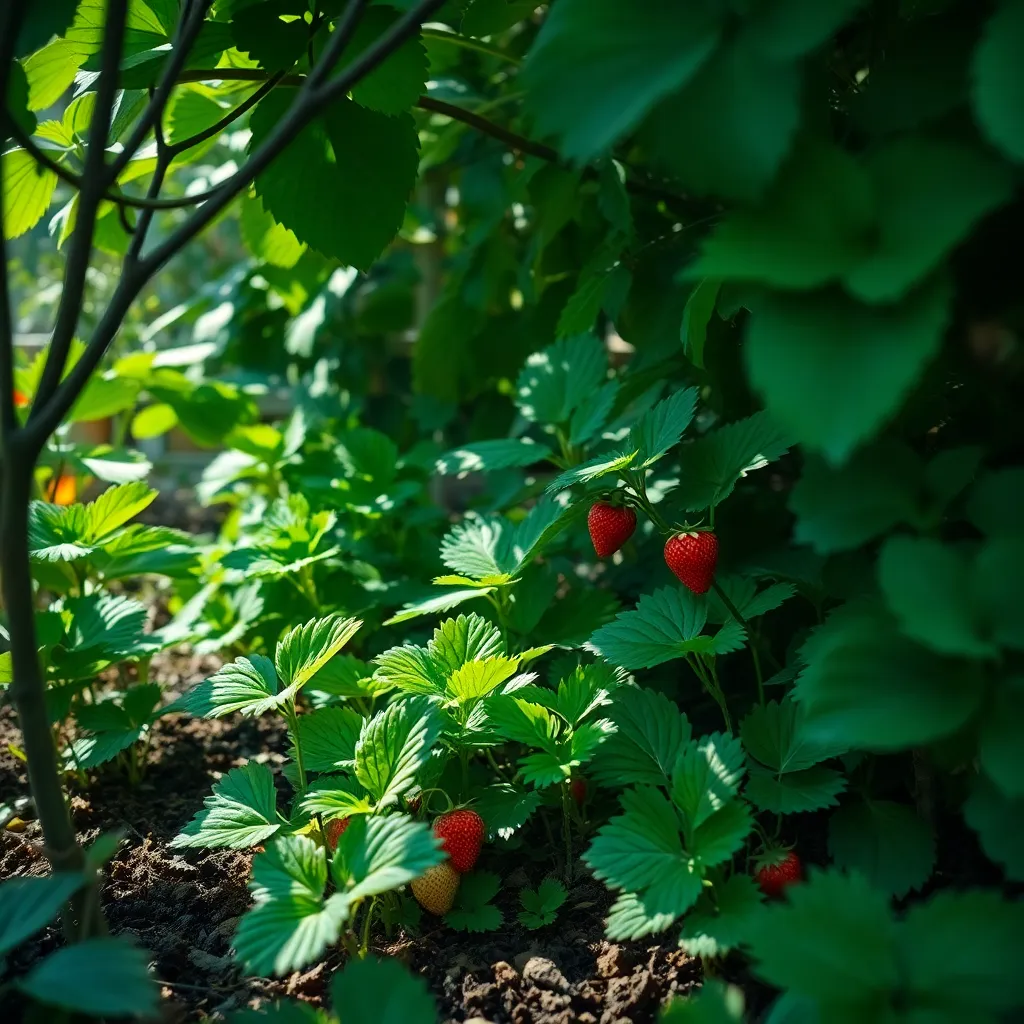
Many gardeners underestimate the importance of adequate sunlight when growing strawberries at home. Strawberries need at least six to eight hours of direct sunlight each day to thrive and produce sweet, juicy fruits.
Position your strawberry plants in a location that receives ample sunlight throughout the day. If your garden space is limited, consider using raised beds or containers that can be easily moved to sunnier spots as needed.
For those living in shaded areas, selecting a strawberry variety that tolerates partial shade can be an excellent solution. However, even shade-tolerant varieties will benefit from maximizing available light through techniques such as reflective mulching or using light-colored surfaces nearby.
Advanced gardeners can experiment with using grow lights to supplement natural sunlight, especially in regions with shorter days. Choose full-spectrum LED lights, as they closely mimic natural sunlight and can significantly boost your strawberries’ growth.
Overcrowding Strawberry Plants
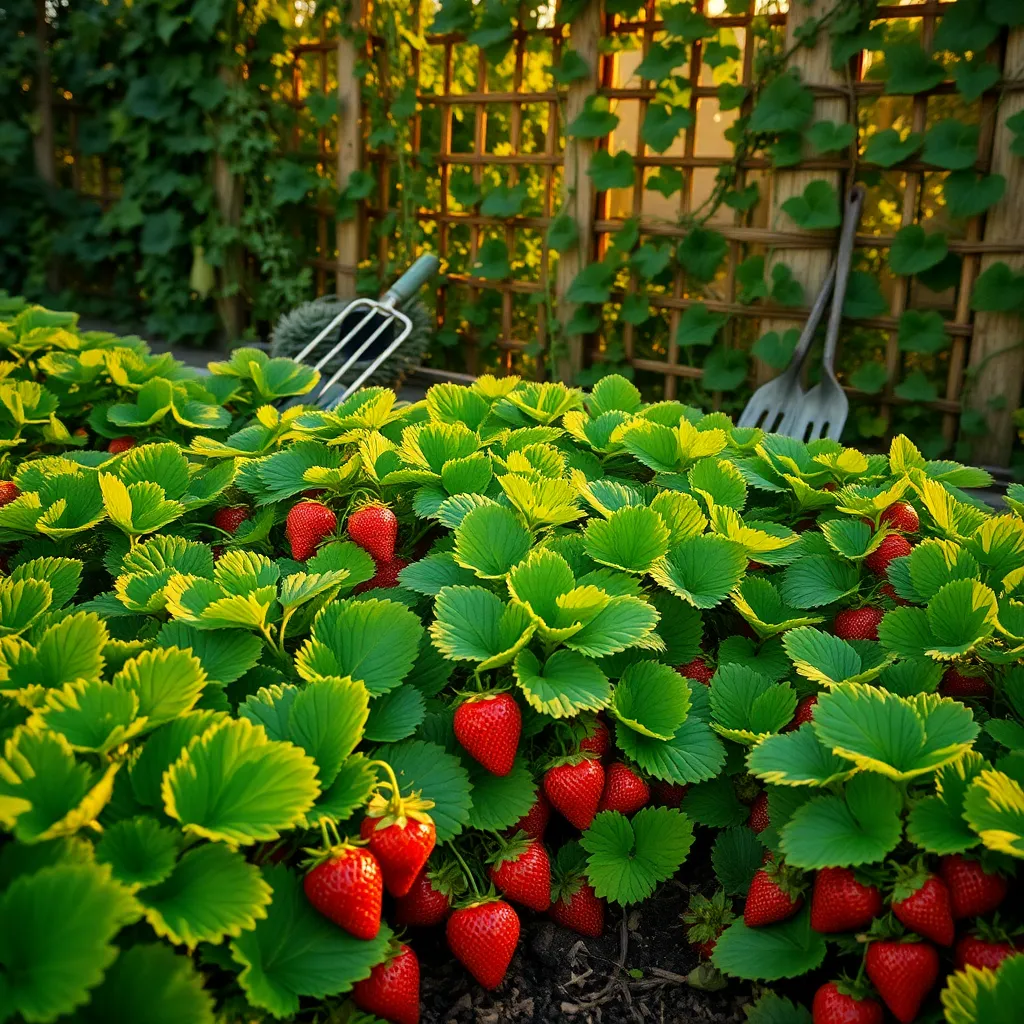
Overcrowding strawberry plants is a common mistake that can hinder their growth and fruit production. When strawberry plants are too close together, they compete for essential nutrients and sunlight, reducing their overall health and yield.
To avoid overcrowding, it’s essential to plant strawberry seedlings at least 12 to 18 inches apart. This spacing allows for adequate airflow, reducing the risk of diseases such as powdery mildew and gray mold, which thrive in damp, crowded conditions.
Consider using raised beds or containers to better control plant spacing and soil conditions. Raised beds can improve drainage and soil quality, while containers offer the flexibility to move plants to sunnier spots as needed.
For those with limited space, vertical gardening with tiered planters or hanging baskets can be an effective solution. This method not only saves space but also makes it easier to manage each plant individually, ensuring they receive the proper care and attention.
Regularly thin out any runners or excess foliage to maintain proper spacing and plant health. By doing so, you’ll help your strawberry plants focus their energy on producing delicious, juicy fruits instead of excessive leaf growth.
Ignoring Pest and Disease Control
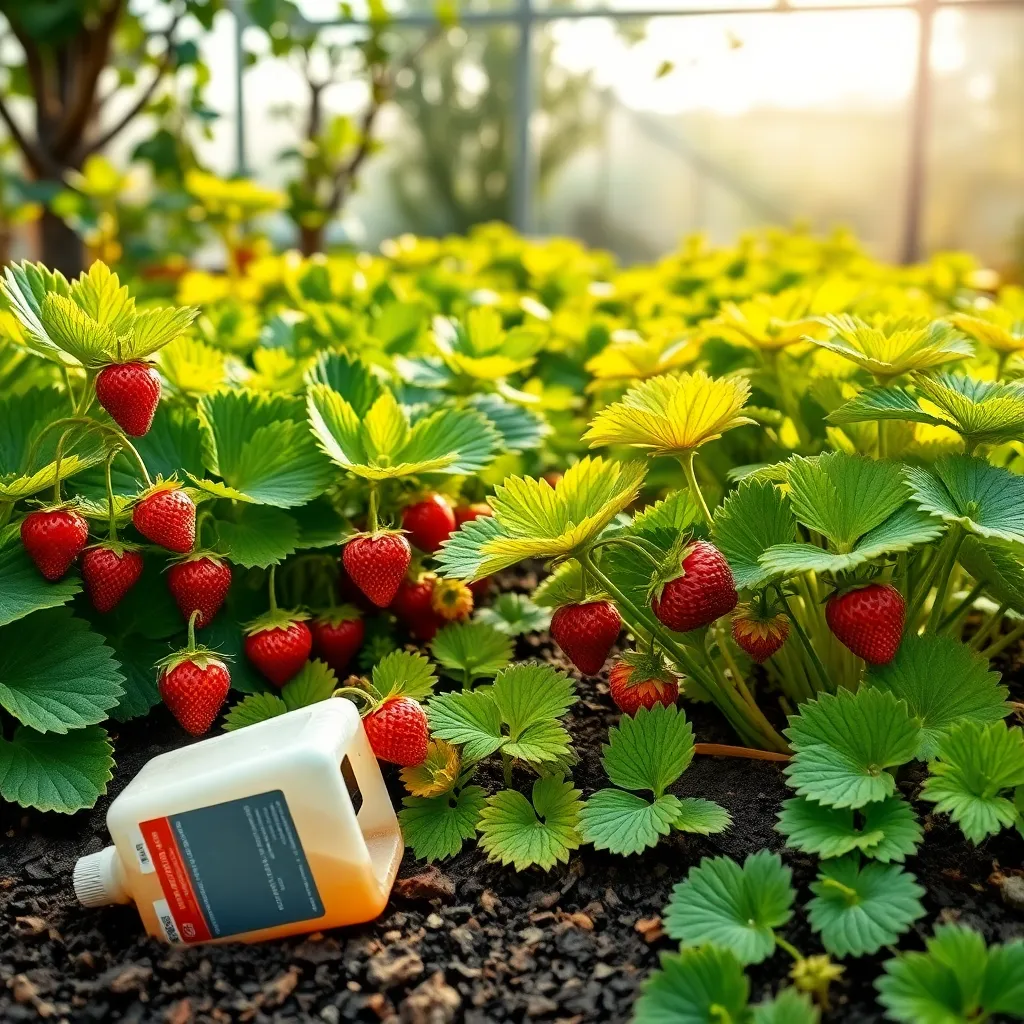
When growing strawberries at home, one common mistake is ignoring pest and disease control. Strawberries are susceptible to various pests such as slugs, aphids, and spider mites, which can severely impact your plant’s health.
To combat these issues, consider using organic pest control methods like introducing beneficial insects, such as ladybugs, that prey on harmful pests. Additionally, applying a homemade neem oil spray can help deter unwanted insects while remaining environmentally friendly.
Fungal diseases such as powdery mildew and gray mold can also pose significant threats to strawberry plants. Ensure you plant your strawberries in well-draining soil and maintain a regular watering schedule to keep moisture levels balanced, which helps prevent these diseases.
For more advanced gardeners, implementing a crop rotation system can effectively reduce disease buildup in your soil. Rotate your strawberry plants to a new location every two to three years to minimize the risk of soil-borne diseases.
Improper Watering Techniques
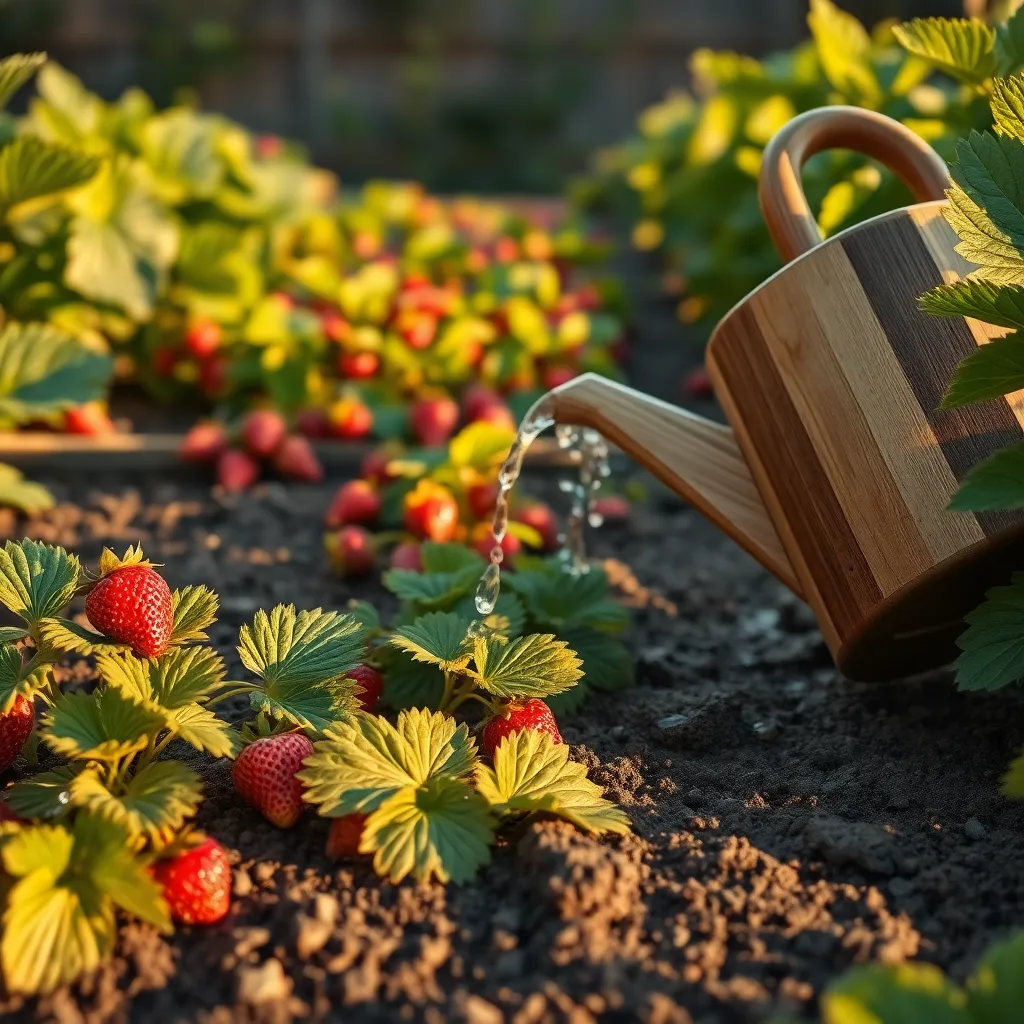
One common mistake when growing strawberries at home is improper watering techniques. Overwatering can lead to root rot, while underwatering may cause the plants to wilt and produce fewer fruits.
To avoid these issues, ensure you provide strawberries with consistent moisture. Ideally, water your plants in the morning, allowing the soil to dry slightly by evening to prevent fungal diseases.
It’s crucial to water at the base of the plants rather than overhead to minimize wet foliage. Soaker hoses or drip irrigation systems are excellent options to maintain proper moisture levels while keeping leaves dry.
For advanced gardeners, monitoring soil moisture levels with a moisture meter can be beneficial. This tool helps ensure you’re providing the right amount of water, especially during unpredictable weather conditions.
Conclusion: Growing Success with These Plants
In exploring the nuances of growing strawberries at home, we’ve uncovered five pivotal relationship lessons: the importance of patience and nurturing, the necessity of understanding each other’s needs, the value of creating a supportive environment, the power of consistent communication, and the wisdom in learning from past mistakes. By applying these concepts, not only can you foster a thriving strawberry patch, but you can also cultivate stronger and more fulfilling relationships.
As a practical next step, take a moment today to actively listen to your partner or loved one, just as you would observe and respond to your plants’ needs. This simple act can significantly enhance your connection and mutual understanding.
To ensure these insights remain at your fingertips, bookmark this article for future reference. It will serve as a valuable resource, guiding you through both the growth of your strawberries and your personal relationships.
Remember, nurturing your relationships is an ongoing journey, much like tending to a garden. By committing to these principles, you are setting the stage for a future filled with bountiful harvests of love and connection. Embrace the process with optimism, and watch your relationships flourish.

